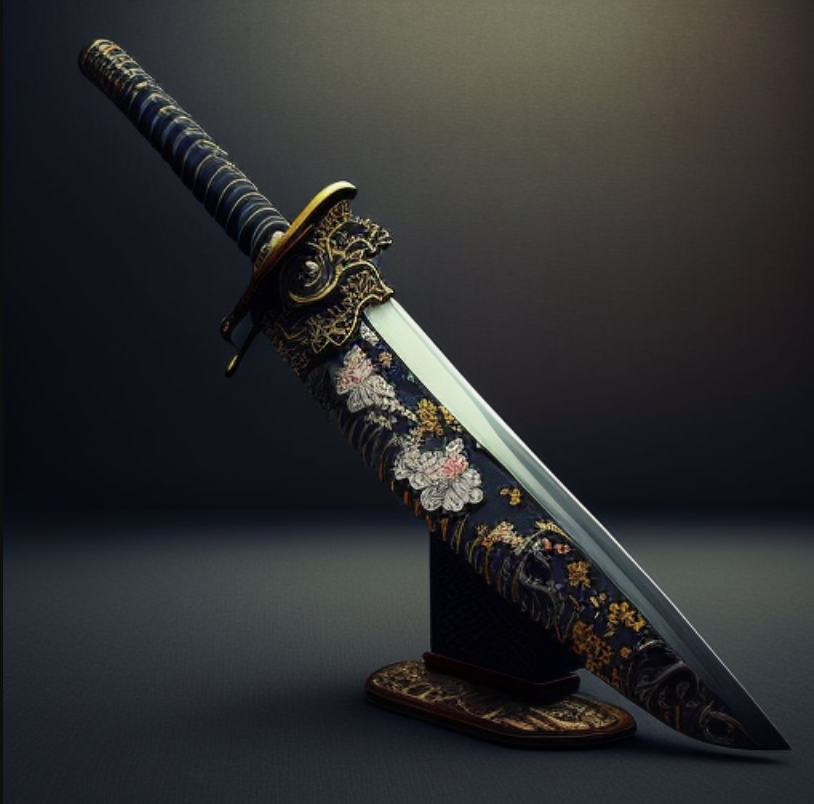
Katana is a traditional Japanese sword that has been used for centuries in samurai battles. Today, the katana is a popular collectible item and a source of pride for sword enthusiasts. However, with so many different options available, choosing the right katana can be a daunting task. To help you make the right decision, here are the 7 criteria to consider when choosing a katana.
- Blade Material: The material used to make the blade of a katana is one of the most important factors to consider. High-quality katanas are typically made from tamahagane steel, which is a type of carbon steel that is created using a traditional Japanese smelting process. Other materials, such as stainless steel, can also be used, but these materials may not be as durable as tamahagane steel and may not hold an edge as well.
- Blade Length: The length of the blade is another important factor to consider. Traditional katanas have blades that are between 60 and 70 centimeters in length, but the exact length will depend on the intended use of the sword and the height and build of the user. When choosing a katana, it is important to find a blade length that is comfortable and easy to handle, while still providing sufficient reach and power.
- Blade Shape: The shape of the blade is another key factor to consider. The most common blade shape for a katana is the “sori” blade, which is characterized by a single curve that runs along the length of the blade. The degree of curvature will vary depending on the manufacturer, but a moderate curve is typically considered to be ideal for a katana.
- Handle Material: The handle of a katana is another important factor to consider. High-quality katanas typically have handles made from bamboo or rayskin, which provide a comfortable and secure grip. The handle should also be tightly wrapped with silk or cotton cord to prevent slipping and to provide additional grip.
- Blade Hardness: The hardness of the blade is another important factor to consider. A katana that is too soft will be prone to bending and may not hold an edge well, while a katana that is too hard may be brittle and prone to cracking. The ideal hardness for a katana is around 60-62 on the Rockwell hardness scale.
- Blade Flexibility: The flexibility of the blade is another important factor to consider. A katana that is too stiff will be difficult to handle and may not be suitable for certain forms of martial arts, while a katana that is too flexible may not be suitable for cutting tasks. The ideal flexibility for a katana will depend on the intended use of the sword and the personal preferences of the user.
- Price: The price of a katana is another important factor to consider. High-quality katanas can be quite expensive, with prices ranging from several hundred dollars to several thousand dollars. When choosing a katana, it is important to find a balance between quality and affordability. It is also important to remember that the most expensive katana is not necessarily the best katana for your needs, so be sure to carefully consider the other criteria listed above before making a final decision.
In conclusion, when choosing a katana, it is important to consider the blade material, blade length, blade shape, handle material, blade hardness, blade flexibility, and price. By taking these factors into account, you can find a katana that is well-suited to your needs and will provide you with years of enjoyment and pride.





